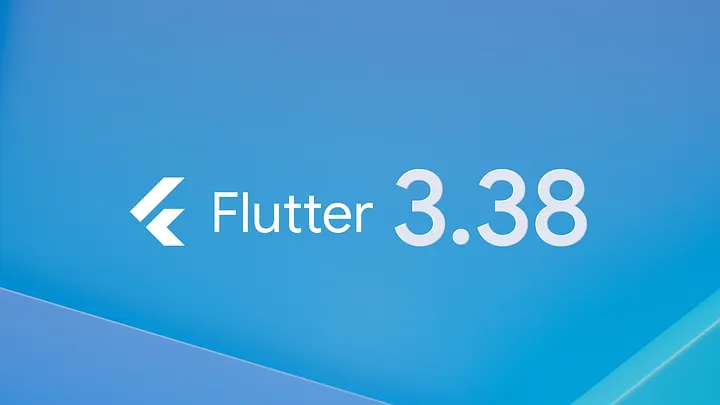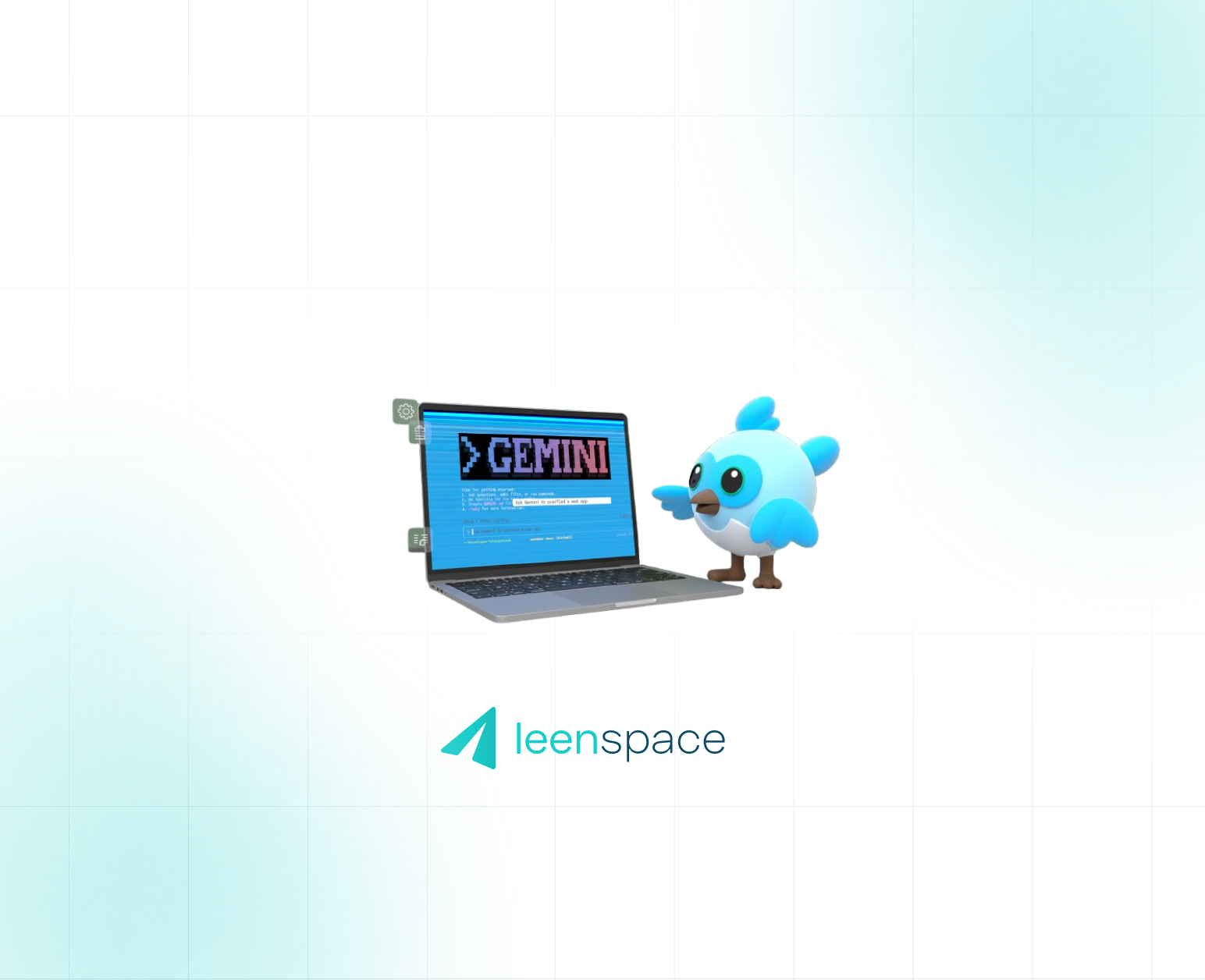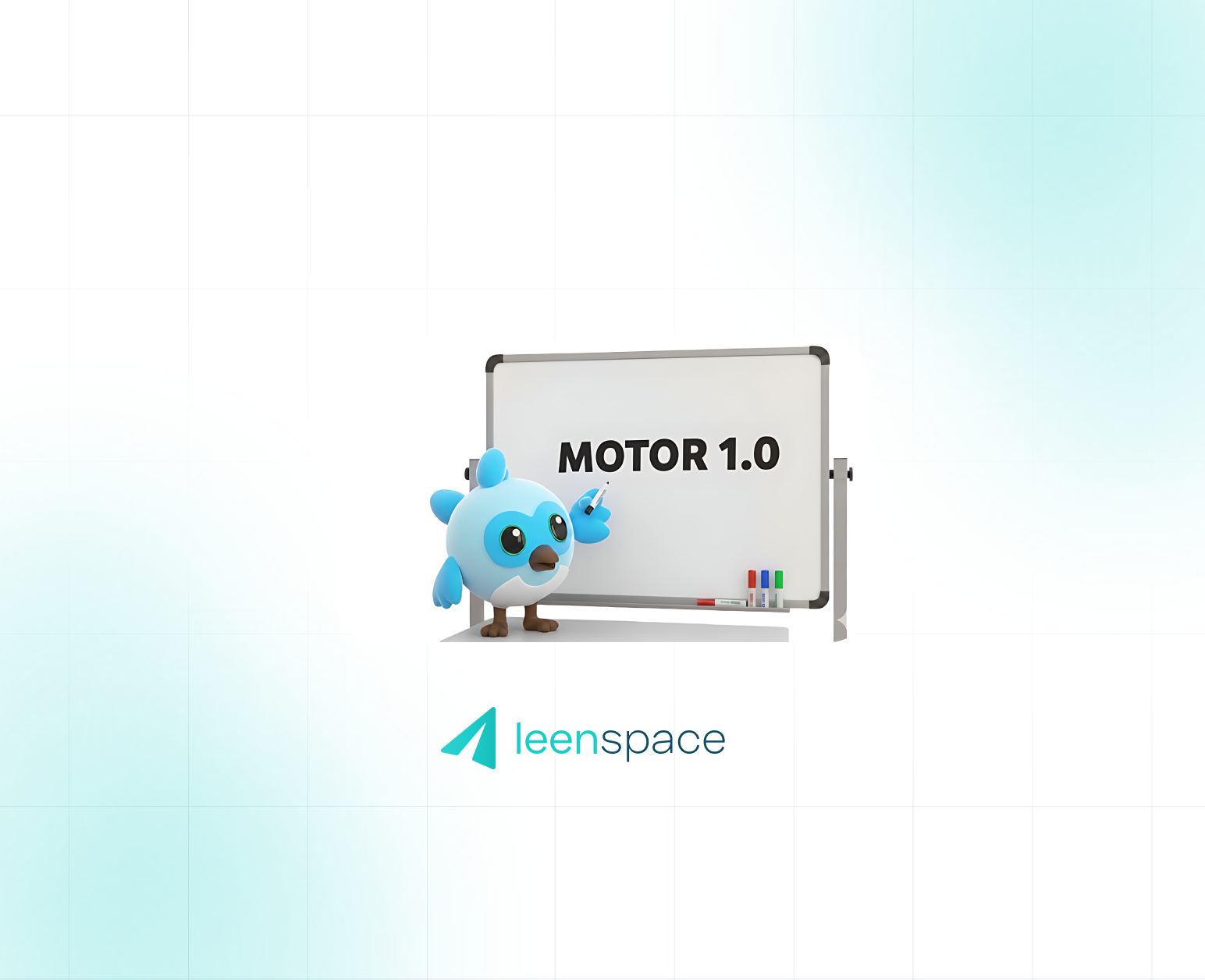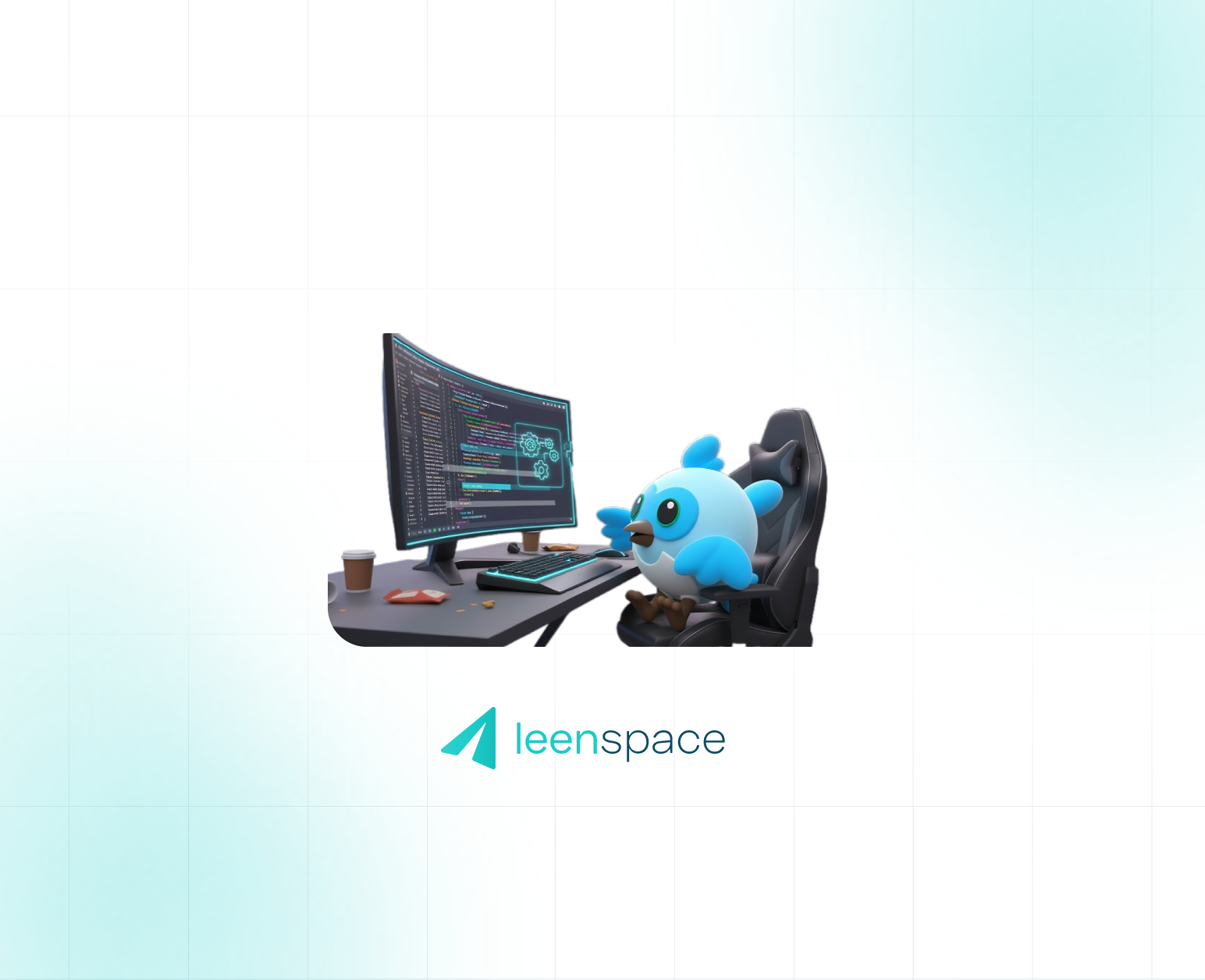
Flutter 3.38 & Dart 3.10: The AI-Powered, Productivity-Packed Release We've Been Waiting For

The latest stable releases for Flutter (3.38) and Dart (3.10) have just landed, and this update is more than just a routine bump. This is one of the most significant releases in recent memory, charting a clear course for Flutter's future.
What's the big picture? This release is built on three powerful themes:
- A major new focus on AI integration.
- Massive developer productivity and "dev-joy" enhancements.
- Critical platform modernization to keep apps future-proof.
As a Flutter focused agency, we've dived deep into the changes, and to be honest, we're incredibly excited. Here’s our breakdown of what you need to know and why it matters for your projects.

1. The Main Event: AI Takes Center Stage
Flutter is officially entering the AI era. Google is making a significant push to position Flutter as a premier choice for building next-generation, AI-powered applications.
- Flutter GenUI SDK: This new experimental SDK is the star of the show. It’s a completely new way to think about building interfaces. Instead of just coding static layouts, GenUI allows you to create dynamic, adaptive UIs based on user intent, powered by Google's Gemini models.
- Firebase AI Logic: To make this practical, there’s a new sample app and guidance using Firebase. It demonstrates how to easily integrate features like multi-modal content generation (using text, images, etc.) and conversational chat APIs directly into your app.
- Gemini CLI Extension: For a seamless developer workflow, a new extension for the Gemini CLI helps you scaffold and build multi-platform Flutter apps with AI features from the command line.
Our Take: This is a clear signal. The next wave of mobile and web apps will be AI-first, and the Flutter team is giving us the tools to build them.
2. Dart 3.10: Write Less, Code More (The Dev-Joy Release)
This release is a massive win for developer productivity. Dart 3.10 brings language features that will immediately clean up your code and speed up your workflow.
The Star: Dot Shorthands
This is, without a doubt, the feature everyone will be using by tomorrow. When the compiler already knows the type you're using (like with an enum or a named constructor), you can now omit the class name and just use a dot.
It’s a small change with a huge impact on code readability.
Before:
Dart
Column(
mainAxisAlignment: MainAxisAlignment.start,
crossAxisAlignment: CrossAxisAlignment.center,
children: [
Padding(
padding: EdgeInsets.all(8.0),
child: Text('Hello'),
),
],
)After:
Dart
Column(
mainAxisAlignment: .start, // So much cleaner!
crossAxisAlignment: .center,
children: [
Padding(
padding: .all(8.0), // Works for constructors, too!
child: Text('Hello'),
),
],
)Also in Dart 3.10:
- Build Hooks (Stable): A huge win for the package ecosystem. This allows package authors to compile native code (like C/C++) or bundle native assets directly with their Dart package, streamlining complex dependencies.
- New Deprecated Annotation: Gives you more fine-grained control over deprecating specific functionalities for better API management.
3. Flutter 3.38: A More Polished Framework
The Flutter framework itself received a host of refinements that smooth out the development experience.
- Web Enhancements:
- web_dev_config.yaml: You can now add this single file to your project root to configure all your web development settings (proxy servers, hostnames, custom headers).
- Stateful Hot Reload: This is now enabled by default for the web, finally bringing that instant feedback loop that mobile devs love to web development.
- Android Predictive Back Gesture: This modern Android feature is now enabled by default in MaterialApp. It provides a much smoother, more native-feeling navigation experience as users can "peek" at the previous screen.
- OverlayPortal Improvements: This widget for creating floating UI (like pop-ups or in-app notifications) is now more powerful, giving you more control over where and how your overlays are rendered.
- Community-Driven Wins:
- Badge.count now has a maxCount parameter (to easily show "99+").
- InkWell gets a new onLongPressUp callback for more granular gesture control.
4. Warning: The "Don't Ignore This" Platform Upgrades
This is the "eat your vegetables" part of the update, and it's critically important. Ignoring these changes can lead to your app breaking in the future.
- For iOS: UIScene Lifecycle Migration (MANDATORY) This is the most critical update. Apple has mandated that all apps must adopt the UIScene lifecycle. Flutter 3.38 now supports this, and you must migrate your app. This is not optional. Apps that don’t migrate will eventually be rejected or break on future iOS releases.
- For Android: Java 17 is Now Required The minimum Java version for Android development with Flutter is now Java 17. This matches the broader Android ecosystem and means it's time to update your build.gradlefiles and CI/CD pipelines.
- For Android: Major Memory Leak Fixed The team squashed a significant memory leak that occurred when Android Activities were destroyed. This is a massive win for app stability and performance, especially on lower-end devices.
5. Tooling: Experimental Widget Previews Get Serious
The experimental Widget Previews feature (which lets you see your widgets in real-time without running the app) got a massive upgrade.
- Direct IDE Integration: You can now see your Widget Previews directly in a tab inside VS Code and Android Studio/IntelliJ.
- MultiPreview & group: You can now create multiple variations of a preview with a single annotation and group related previews together.
This feature is rapidly evolving from a neat experiment into a professional tool that will be a core part of the Flutter development loop.
Our Final Take
Flutter 3.38 isn't just an incremental update; it's a strategic leap. It solidifies Flutter's position as a leader in developer experience (thanks, Dart shorthands!) and cross-platform consistency, all while aggressively pushing into the new frontier of AI-driven applications.
What does this mean for your project? Whether you're looking to migrate an existing app to be UIScene-compliant, explore building a next-gen AI feature, or just want to take advantage of the latest performance and productivity gains, this update has something for you.
Check the Full Documentation here 👉🏻 https://docs.flutter.dev/release/release-notes/release-notes-3.38.0
Written by the Leenspace Engineering Team




